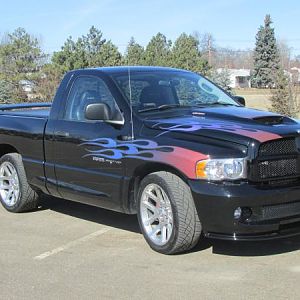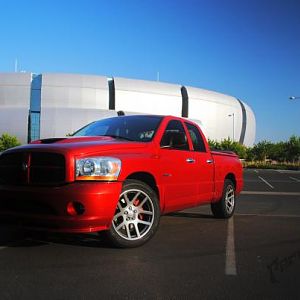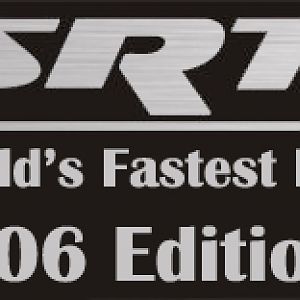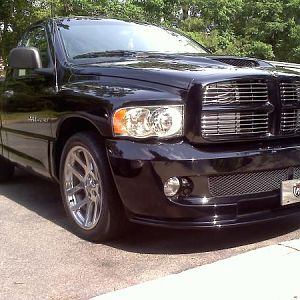This is a good explanation:
When discussing engine tuning the 'Air/Fuel Ratio' (AFR) is one of the main topics. Proper AFR calibration is critical to performance and durability of the engine and it's components. The AFR defines the ratio of the amount of air consumed by the engine compared to the amount of fuel.
A 'Stoichiometric' AFR has the correct amount of air and fuel to produce a chemically complete combustion event. For gasoline engines, the stoichiometric, A/F ratio is 14.7:1, which means 14.7 parts of air to one part of fuel. The stoichiometric AFR depends on fuel type-- for alcohol it is 6.4:1 and 14.5:1 for diesel.
So what is meant by a rich or lean AFR? A lower AFR number contains less air than the 14.7:1 stoichiometric AFR, therefore it is a richer mixture. Conversely, a higher AFR number contains more air and therefore it is a leaner mixture.
For Example:
15.0:1 = Lean
14.7:1 = Stoichiometric
13.0:1 = Rich
Leaner AFR results in higher temperatures as the mixture is combusted. Generally, normally-aspirated spark-ignition (SI) gasoline engines produce maximum power just slightly rich of stoichiometric. However, in practice it is kept between 12:1 and 13:1 in order to keep exhaust gas temperatures in check and to account for variances in fuel quality. This is a realistic full-load AFR on a normally-aspirated engine but can be dangerously lean with a highly-boosted engine.











